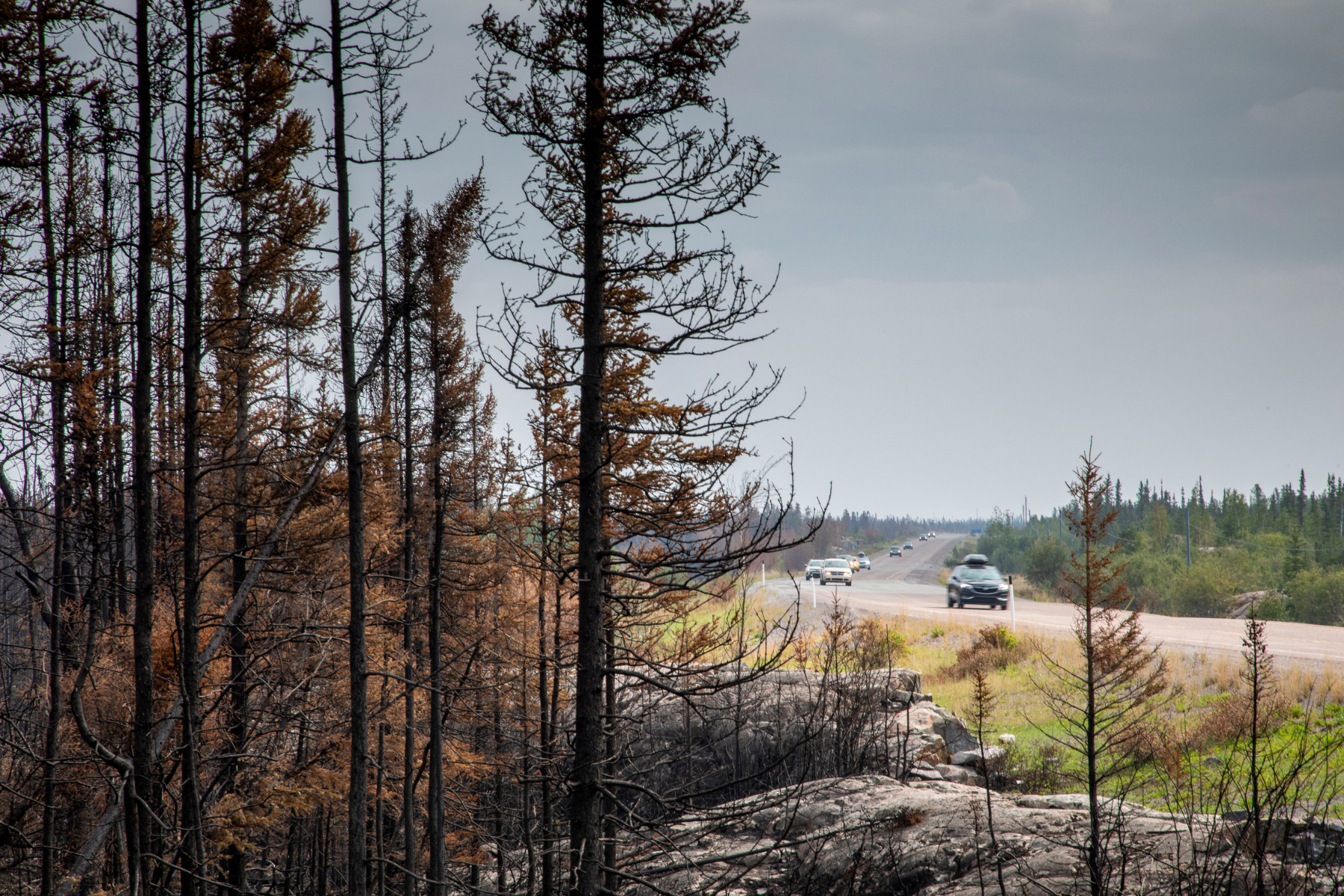National emissions inventories are impressive feats of data analysis, but there are some emissions they don’t count.
When 440 Megatonnes reported that Canada’s emissions rose to 685 megatonnes of carbon dioxide equivalent (Mt CO2e) in 2022, people understandably wanted to know what contributed to those increases. Estimates that track the size and sources of past emissions are vitally important for measuring progress toward climate goals.
But what about the emissions that Canada doesn’t estimate at all?
Every country excludes certain emissions from its official emissions estimate, known as a National Inventory Report (NIR). These exclusions are governed by the rules of the Intergovernmental Panel on Climate Change (IPCC), which sets the guidelines for all national inventories.
The IPCC guidelines help produce rigorously researched, comparable data on national emissions, but they exclude some potentially large sources of emissions. This Insight explores three types of emissions that aren’t in any national inventory.
Emissions from unmanaged forests
By the start of August, the record wildfires that raged across Canada in 2023 had released approximately 290 Mt CO2e. But Canada’s official inventory will only estimate a portion of those emissions—and none of them will count toward the country’s total.
The IPCC requires countries to estimate emissions from what it calls “managed forests,” but even those emissions are excluded from the total emissions attributed to each country. The rationale is that emissions from land use, land use change and forests (or LULUCF) are especially hard to measure, unpredictable, and theoretically have less to do with human activity than emissions in other sectors.
Canada classifies about 62 per cent of its forests as “managed.” The country estimates the carbon those forests capture and the emissions they release because of logging, wildfires, and insect infestation. None of that counts toward the 670 megatonnes that were attributed to Canada in the country’s latest NIR.
Meanwhile, the country does not estimate any emissions from the remaining 130 million hectares of forests that are classified as “unmanaged.” Those emissions are sure to be large. In 2021 Canada claimed that its managed forests captured an estimated 130 Mt CO2e, but released an estimated 310 Mt CO2e through natural disturbances like wildfires.
While forest carbon doesn’t count toward emissions totals in the NIR, Canada does count some forest emissions when assessing its progress toward emissions targets—and critics argue that the country uses the exclusion of unmanaged forest emissions to unfair advantage. According to one analysis, Canada’s definition of managed forests excludes some particularly badly damaged forests and disproportionately includes healthier ones, artificially improving the country’s carbon balance.
Emissions from international shipping and aviation
In 2021, the international aviation and shipping industries were responsible for one and a half times the emissions of Canada. Those emissions don’t appear in any country’s inventory.
The basic principle of emissions inventories is that countries should measure the emissions that occur on their territory. That is easier than measuring emissions embedded in the products we consume, but it also means that no government takes direct responsibility for greenhouse gasses emitted on international territory. The emissions from ships in international waters, and from planes flying between countries, fall into that category.
Emissions from international shipping and aviation are relatively easy to measure, but difficult to govern. The aviation and shipping industries have made some commitments to reduce their climate impact, but their emissions have been trending upward, not down. In 2019, before the pandemic, emissions from domestic and international aviation had increased by 41 per cent since 2005, while those from international shipping had risen 21 per cent.
Emissions without estimates
Every national inventory report covers hundreds of categories of emissions that are outlined in the IPCC guidelines. But every report also leaves some of those categories blank, or in official terms, “not estimated.”
Countries can report emissions as “not estimated” in two circumstances.
The first is when the IPCC has not yet developed a methodology to estimate those emissions. The second is when a country can show that the emissions are insignificant and that it would take unreasonable effort to measure them.
All told, Canada’s latest NIR listed 55 categories of emissions that the country had not estimated. That list is comparable to the U.S., which did not estimate 47 categories.
Asphalt is a useful illustration. Canada estimates the emissions from manufacturing this sticky substance, but not the emissions from paving it onto roads.
Canada has two reasons to exclude emissions from asphalt paving; it doesn’t estimate methane or nitrous oxide emissions because there is no IPCC guidance, and it doesn’t estimate CO2 emissions because they are hard to measure and likely minimal. In contrast, the U.S. does measure these emissions, having conducted enough research to demonstrate that nearly all the carbon in asphalt paving stays embedded in the road.
Over time, the missing estimates in Canada’s inventory will shrink as its methods improve. The list of emissions without estimates in Canada’s NIR is already shorter than it was five years ago, when it contained 68 categories.
Conclusion
Emissions inventories are marvellous feats of analysis, estimating invisible quantities of gas from billions upon billions of data points. But they don’t capture everything.
The emissions that are not captured in national inventories can be significant. Those exclusions don’t necessarily make national targets harder to reach, but they hint at the extra efforts that will be required in the years ahead. For some emissions that are unknown or unmeasured, countries will have to improve their methods. For emissions that fall outside any one country’s responsibility, governments must cooperate.
While the official record may not see those emissions, the atmosphere certainly does.
Ross Linden-Fraser is a Senior Research Associate with the Canadian Climate Institute.
